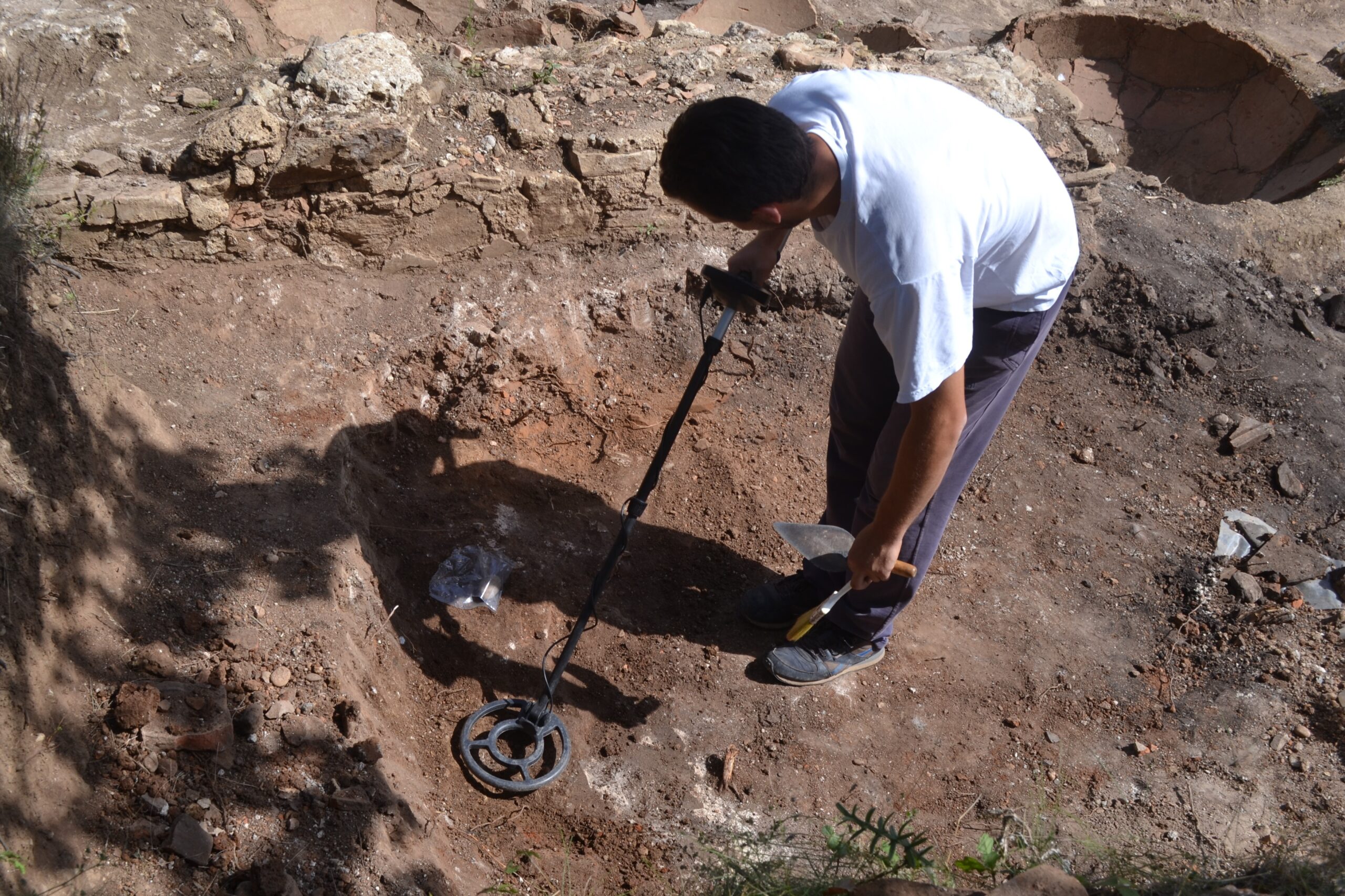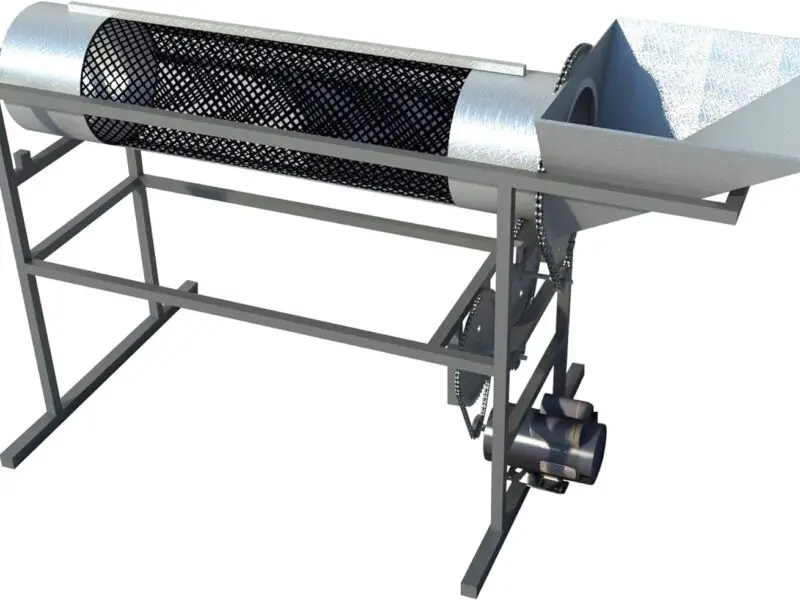Are you an avid gold prospector eagerly searching for the hidden treasures that lie beneath the Earth’s surface? If so, you may find yourself wondering what to look for when gold prospecting during your prospecting adventures. Well, look no further! In this comprehensive guide, we will explore a variety of natural signs and indicators that can lead you directly to gold. From rocks with different colors to quartz veins and fault zones, each clue is like a puzzle piece waiting to be discovered. So, grab your prospecting equipment and join us as we unlock the secrets of successful gold prospecting.

What to Look For When Gold Prospecting Geological Factors
Gold prospecting can be an exciting and rewarding hobby, but it requires careful consideration of various geological factors. These factors can help you determine the best sites to search for gold and increase your chances of finding the precious metal. Whether you’re a novice prospector or an experienced treasure hunter, understanding these geological indicators is essential. In this article, we will explore some of the key factors to look out for when prospecting for gold.
Rocks with Different Colors
One of the first geological factors to consider when prospecting for gold is the presence of rocks with different colors. Many areas that are rich in gold deposits often display rocks that have been affected by acidic mineral solutions. These solutions can alter the composition of the rocks, causing them to turn a lighter shade. This change in color can serve as a clue that there may be gold present in the area.
As you explore potential gold-bearing sites, keep an eye out for rocks that stand out due to their distinct coloration. These rocks may indicate the presence of mineralization and could be a promising sign that gold is nearby.
Rocks Containing Iron Stains
Another geological factor to watch for is the presence of rocks containing iron stains. While not all rock formations with visible veins will contain quartz and, consequently, gold, those that do can exhibit notable iron staining. This staining occurs when minerals such as pyrite, which commonly coexist with gold, undergo a transformation into iron oxides like hematite and magnetite.
If you come across rock formations displaying abundant iron oxides, it is a favorable indication that gold may be present in the area. Pay close attention to these rocks, as they could lead you to valuable deposits of gold.
Rocks That Have Quartz Veins
Rocks that develop quartz veins are another significant geological indicator of potential gold deposits. Quartz is commonly associated with gold and often forms in veins alongside the precious metal. When searching for gold, keep an eye out for rocks that display small amounts of quartz veins. This suggests that there has been some mineral activity in the area, increasing the likelihood of finding gold.
When prospecting in regions with quartz veins, it is important to utilize proper gold mining equipment to enhance your chances of success. This can include metal detectors, gold pans, and other tools designed specifically for mining and prospecting.
Rocks in Fault Zones
Fault zones can also be a favorable location to search for gold. Fault zones are areas where two different types of rock meet, often forming distinctive geological formations. These zones can create microenvironments where gold deposits may be found.
When exploring potential gold-bearing areas, it is essential to look beyond the surface and pay close attention to rocks and quartz deposits that form along fault zones. While not every fault zone will contain gold, these areas present a higher likelihood of finding valuable deposits.
Rocks in Other Surfaces
While rivers, riverbeds, and beaches are well-known locations for gold prospecting, it is also worth considering searching for gold on land with moderate to flat slopes. Deserts, for example, can offer opportunities to discover various relics and potentially uncover gold deposits.
When metal detecting in these types of environments, make sure to take advantage of the unique geological conditions present. Conduct thorough research on the area and employ appropriate prospecting techniques to maximize your chances of uncovering gold.
Rocks in Familiar Geological Places
If you have found fine gold in one area with a specific rock formation or geological environment, it may be beneficial to explore nearby regions within the same mountain range. While this does not guarantee identical results, it can be a useful strategy for discovering new gold deposits. By familiarizing yourself with the geological characteristics that have led to success in one location, you can increase your chances of finding similar results in nearby areas.
When embarking on this type of prospecting journey, be sure to bring along your metal detector and other necessary equipment. Thoroughly survey the surroundings and remain vigilant in your search for gold.
Buying Your First Metal Detector: What You Need to Know
If you’re considering entering the exciting world of gold prospecting, purchasing your first metal detector is an important step. A metal detector is an essential tool that can greatly aid you in your search for gold and other valuable treasures. However, with so many options available on the market, it can be challenging to choose the right one for your needs.
In this section, we will discuss some key factors to consider when buying your first metal detector. By keeping these considerations in mind, you can make an informed decision and select a detector that suits your preferences and prospecting goals. Read our detailed review on metal detectors here
Determine Your Prospecting Goals
Before purchasing a metal detector, it is essential to determine your prospecting goals. Are you primarily interested in searching for gold, or do you plan to explore other types of metal detecting as well? Understanding your goals will help you narrow down the options and find a detector that aligns with your specific needs.
For gold prospecting, it is crucial to choose a metal detector that is specifically designed for detecting small gold nuggets. These detectors are often equipped with advanced features and technologies that enhance their sensitivity to small, low-conductivity targets.
Consider Your Budget
Metal detectors can vary significantly in price, ranging from a few hundred dollars to several thousand. When setting your budget, it’s important to consider how often you plan to use the detector and the level of performance and features you require.
While it may be tempting to opt for a less expensive detector, keep in mind that higher-priced models often offer improved performance and greater functionality. Investing in a quality metal detector can greatly enhance your prospecting experience and improve your chances of finding gold.
Research Available Models
Once you have determined your prospecting goals and set a budget, it’s time to research available metal detector models. Look for detectors that are specifically designed for gold prospecting and read reviews from other prospectors to gauge their performance and reliability.
Make a list of features that are important to you, such as sensitivity settings, discrimination capabilities, and ease of use. Consider whether you prefer a lightweight and compact detector for extended use or a larger, more robust model for increased depth and performance.
Seek Expert Advice
If you’re new to gold prospecting and metal detecting, seeking advice from experienced prospectors can be invaluable. Joining local prospecting clubs or online forums provides an opportunity to connect with knowledgeable individuals who can offer guidance on metal detector selection.
Experienced prospectors can share their recommendations based on their own experiences, helping you make an informed decision. They may also provide valuable tips and techniques that can enhance your prospecting skills.
Test Before You Buy
Before finalizing your purchase, try to test the metal detector if possible. Many reputable dealers and manufacturers offer demonstrations or allow prospectors to test detectors in real-life environments.
By testing the detector before buying, you can get a feel for its usability and performance. This hands-on experience can help you identify any potential issues or limitations that may not have been apparent from online research alone.
Warranty and Support
When purchasing a metal detector, it is essential to consider the warranty and after-sales support offered by the manufacturer. Look for detectors that come with a warranty to protect your investment. Additionally, check if the manufacturer provides customer support or resources to help you troubleshoot any issues that may arise.
A reputable metal detector dealer or manufacturer will stand behind their product and offer assistance when needed. Research the manufacturer’s reputation and customer service track record to ensure you’re purchasing from a reliable source.
Conclusion
Prospecting for gold requires a combination of knowledge, patience, and a keen eye for geological indicators. While no single factor guarantees success, paying attention to rocks with different colors, iron stains, quartz veins, fault zones, and other geological features can greatly enhance your chances of finding gold.
Remember, each prospecting location is unique, and what works in one area may not be applicable in another. It is crucial to research and understand the geological characteristics of the region you plan to explore. By investing time and effort into learning about potential mineral deposits, you can make informed decisions and improve your chances of success.
If you’re ready to embark on your gold prospecting adventure, be sure to equip yourself with the right tools and equipment. The Prospectors Patch offers a wide range of gold detectors, metal detectors, maps, and other prospecting supplies to help you in your search. Visit our website today and explore our catalog to start your prospecting journey on the right foot.




